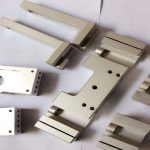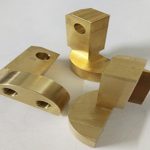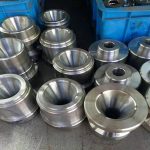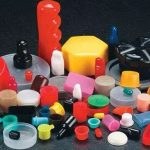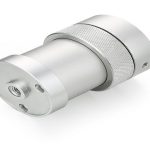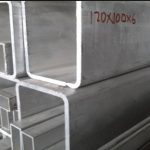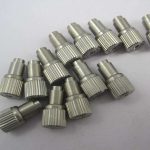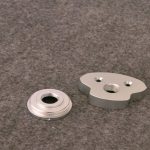Talking About The Use Of tungsten Steel In Forming Molds
|
The beam of the frame in the forming, forming inserts the general use of Cr12MoV,its surface is easy to generate “plot aneurysm clipping”, leading to the beam and different surface stretch marks, reduce the carrying capacity of the beam, in order to solve this problem, through many experiments, we found thatthe tungsten steel applied to the die, but not avoid the sheet forming processand insert “adhesion”, to solve the “plot aneurysm clipping” , and tungsten steel is not easy to wear, improve the stability and service life of the die, the surface quality of products. |
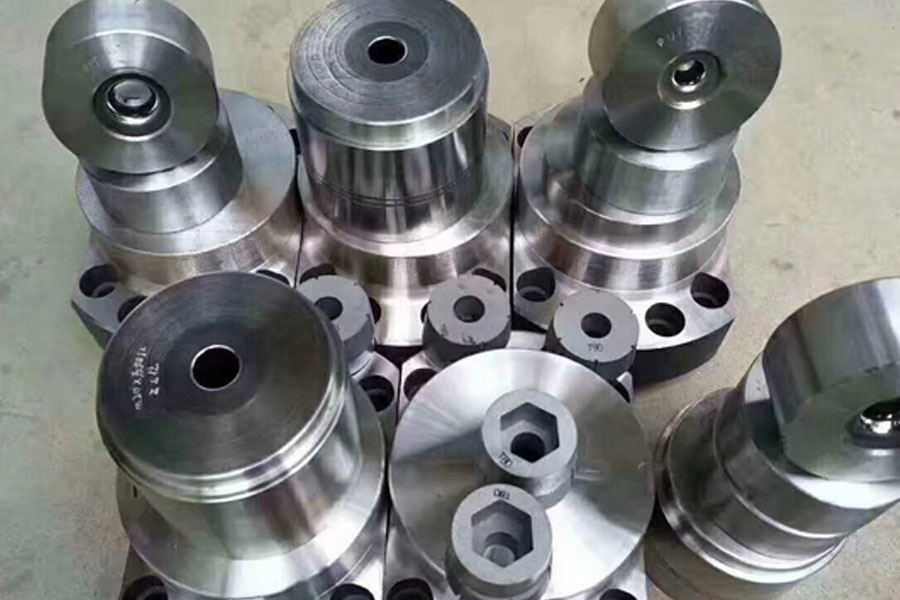
The frame beam (part) is an important part of the frame assembly to ensure the torsional rigidity of the frame and bear the longitudinal load. With the continuous improvement of the quality of the whole vehicle, the quality of the frame beam has become more important. In order to prevent the strength of the frame assembly from being reduced due to the quality defects of the beam, it is required to improve the quality of the beam.
Quality defects of parts and analysis of their causes
(1) The quality defects of the parts.
The side strain is very serious, and the criteria are shown in Table 1.
Table 1 Scratch inspection standards
| Grade | Judgement Standard |
|---|---|
| V1 | Brushing larger than 0.3mm |
| V2 | If the size is greater than 0.2mm and less than 0.3mm, and the picking distance is less than or equal to 100mm |
| V3 | The picking distance less than or equal to 0.2mm, the picking distance greater than 0.2mm and less than 0.3mm is 100mm or more and smoothly polished |
| Note | V2 can be released according to the V3 standard after the napped part is polished smooth, and the polished surface should be smooth Over the surface of the steel plate and the width to depth ratio is not less than 6:1 |
Figure 2 shows the effect of using Cr12MoV forming inserts to form parts.
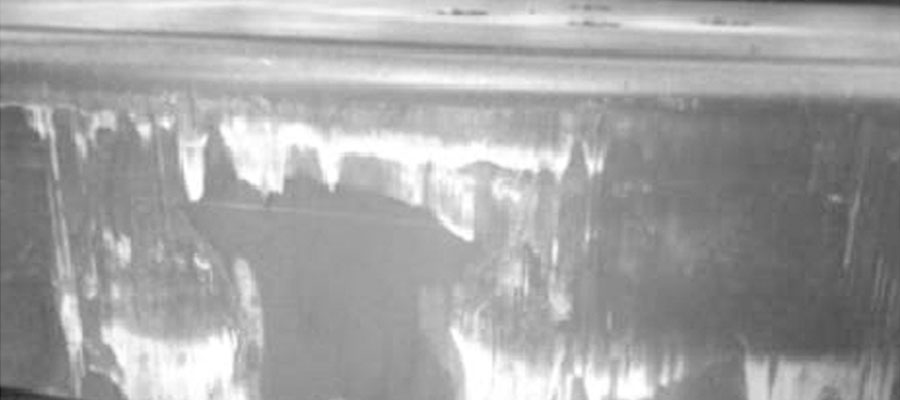
Figure 2 shows the effect of using Cr12MoV forming inserts to form parts.
Product inspection results:
The strain is mainly concentrated on the bends on both sides, and the strain depth is 0.5~0.9mm.
(2) Causes of defects in the parts.
During the mold forming process of the part, due to the relative sliding between the surface of the part and the surface of the mold convex and concave mold, the mold convex, concave mold and the part form a pair of friction pairs, which produce relatively large mechanical stress on the contact surface (especially the manufacturing process). When the part enters the mold cavity, the part: the concave die mouth), which causes the small convex parts of the friction surfaces to be elastically or plastically deformed, resulting in more or less strengthening of the atomic bonds on the surfaces of the two sides. This kind of site is called cold welding. . When the friction pair moves relative to each other, because the fine atomic bonds on the surfaces of the two sides disengage from each other, the material is transferred from one side of the friction pair to the other surface, forming a metal bond phenomenon, and accumulating nodules. When the surface of the friction pair is rougher, the metal bonding phenomenon is more likely to be formed, which will cause the part to be strained.
3 The choice of the material of the die insert and the characteristics of the tungsten steel
3.1 Selection of the material of the die insert
Through part defect analysis, the selection of die inserts plays an important role in solving part pull marks. This requires the die with low friction coefficient, high thermal conductivity, and high hardness. After comparing the materials, the three materials Analysis of the use of tungsten steel YG8 was finally selected. The comparison of the three materials is shown in Table 2.
| Material | Coefficient of friction | Thermal conductivity (W/m·k) |
Heat treatment hardness (HRC) |
Note |
|---|---|---|---|---|
| Cr12MoV | 0.15~0.3 | 45 | 56-60 | Low hardness before heat treatment, Hardness increased after heat treatment |
| Beryllium copper (CB-2H) |
0.006~0.01 | 100~110 | 42~48 | No need for heat treatment |
| Tungsten steel (YG8) |
0.005~0.008 | 59~88 | 69~82 | No need for heat treatment |
3.2 The characteristics of tungsten steel
Tungsten steel has a series of excellent properties such as high hardness, wear resistance, good strength and toughness, heat resistance and corrosion resistance, especially its high hardness and wear resistance, which remain basically unchanged even at a temperature of 500°C. It still has a high hardness at 1,000°C.
4 Precautions for inlay and processing of tungsten steel inserts
4.1 Inlay of tungsten steel inserts
The strain on the part mainly exists in the arc of the side, so it was decided to use tungsten steel only in the arc of the mold. The hardness of tungsten steel is second only to diamond, it cannot be milled and can only be processed by grinding. The shape must be precision cast, and the joint surface is ground with a diamond wheel to avoid threads
hole. The integral concave mold insert is fixed on the casting body through the side, and the cemented carbide is embedded in the integral insert in the form of a dovetail groove. This fixing method solves the problem of not being able to drill and ream threaded holes in cemented carbide.
4 shown.
4.2 Precautions for processing tungsten steel inserts
(1) Matters needing attention during cutting and grinding.
- a. Tungsten steel is prone to cracking and corner chipping under impact and excessive processing load. It must be firmly fixed on the worktable before processing.
- b. The magnetic properties of tungsten steel are extremely low. Do not use magnets to fix the cemented carbide. Please fix it with a tooling fixture. Please reconfirm whether the workpiece is loose before processing. If so, fix the workpiece to a firm stop.
- c. The processed surface of tungsten steel after cutting and grinding will be very smooth, and the corners are very sharp, please pay attention to safety when handling and using.
- d. Tungsten steel is a material with extremely high hardness and brittleness. It is forbidden to hit hard alloy with a metal hammer if it is afraid of impact.
(2) Matters needing attention during discharge and wire cutting.
- a. Tungsten steel has high hardness and high wear resistance, and the operation process is relatively slow during discharge and wire cutting.
- b. Tungsten steel is most prone to cracks and corners after electrical discharge processing, so please adjust the processing procedure according to the use conditions of the product.
- c. Tungsten steel often cracks during on-line cutting, so please confirm that there is no defect on the processed surface after processing before proceeding to the next process.
5 The effect of the parts after using the tungsten steel mold
After our company adopts tungsten steel mold:
- (1) The strain on the side of the workpiece is eliminated as shown in Figure 5.
- (2) An unexpected effect was obtained, and it was found that the wrinkles of the outer arc were reduced. This was analyzed. Because tungsten steel has high hardness and good red hardness, it can reach 900~1,000℃, and it will not deform when it is maintained at 60HRC. This way, even when the material flows, the part will produce elastic and plastic deformation, which will affect the insert. With strong stress, the gap between the convex and concave molds will not change, and the rigid use of the outer arc of the workpiece can reduce the wrinkles.
6 concluding remarks
Since the adoption of tungsten steel molds, our company has improved the surface quality of the parts, enhanced the stability of the quality of the parts, increased the life of the mold, and extended the maintenance cycle of the mold, thereby reducing the production cost and solving the problem of thick plate parts. The wrinkle strain field provides a new material.
Link to this article: Talking About The Use Of Tungsten Steel In Forming Molds
Reprint Statement: If there are no special instructions, all articles on this site are original. Please indicate the source for reprinting:https://www.cncmachiningptj.com/,thanks!
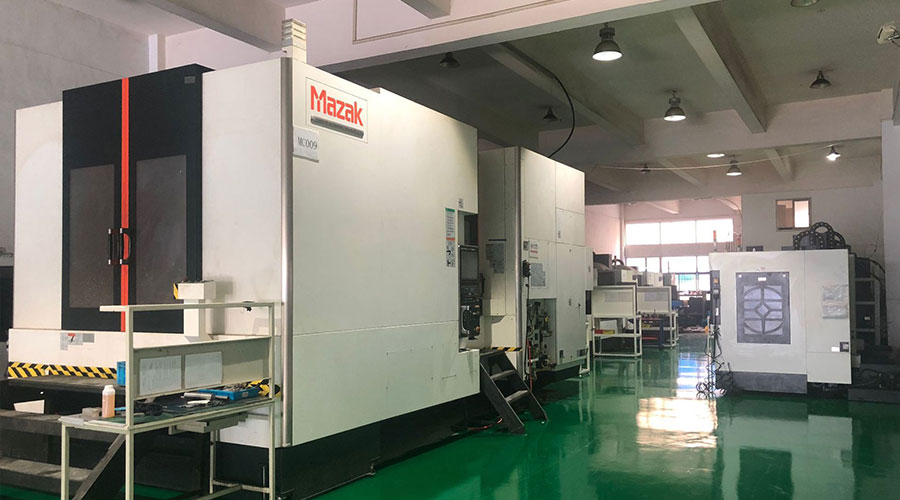 PTJ CNC shop produces parts with excellent mechanical properties, accuracy and repeatability from metal and plastic. 5 axis CNC milling available.Machining high-temperature alloy range inclouding inconel machining,monel machining,Geek Ascology machining,Carp 49 machining,Hastelloy machining,Nitronic-60 machining,Hymu 80 machining,Tool Steel machining,etc.,. Ideal for aerospace applications.CNC machining produces parts with excellent mechanical properties, accuracy and repeatability from metal and plastic. 3-axis & 5-axis CNC milling available.We will strategize with you to provide the most cost-effective services to help you reach your target,Welcome to Contact us ( [email protected] ) directly for your new project.
PTJ CNC shop produces parts with excellent mechanical properties, accuracy and repeatability from metal and plastic. 5 axis CNC milling available.Machining high-temperature alloy range inclouding inconel machining,monel machining,Geek Ascology machining,Carp 49 machining,Hastelloy machining,Nitronic-60 machining,Hymu 80 machining,Tool Steel machining,etc.,. Ideal for aerospace applications.CNC machining produces parts with excellent mechanical properties, accuracy and repeatability from metal and plastic. 3-axis & 5-axis CNC milling available.We will strategize with you to provide the most cost-effective services to help you reach your target,Welcome to Contact us ( [email protected] ) directly for your new project.
Link to this article:Talking About The Use Of Tungsten Steel In Forming Molds
Reprint Statement: If there are no special instructions, all articles on this site are original. Please indicate the source for reprinting:Tungusten,Thanks!^^

